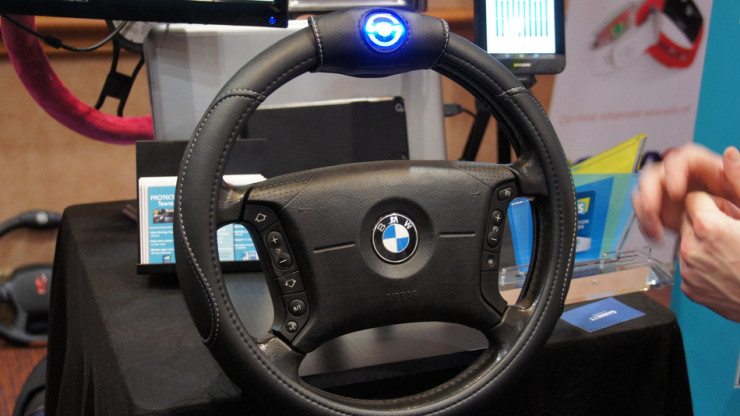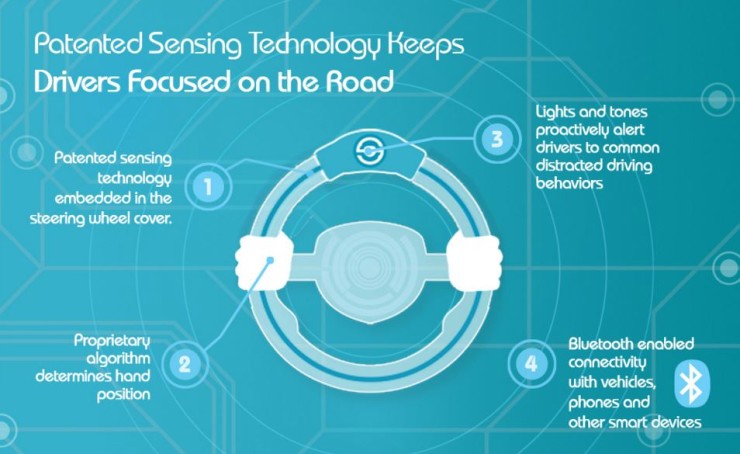
Apple already gets a lot of praise for the cameras it has implemented in the iPhones, but ZEISS thinks that there is still room for improvement.
ZEISS, one of the biggest names in the world of optics, unveiled at CES 2016 in Las Vegas three new lenses for the iPhone 6S it has developed in partnership with Fellowes Brands, a manufacturer of premium mobile photography accessories. Did Apple’s latest smartphone need better optics for its camera? ZEISS and Fellowes seem to think so, and so do the numerous blog posts you can find on the Web about what lens add-ons produce the best results.
“We are thrilled to announce our new relationship with ZEISS, who has been setting standards in optics for almost 170 years,” stated John E. Fellowes, Chief Executive Officer of Fellowes. “Following the launch of our new ExoLensTM mobile phone photography line last year, our partnership with ZEISS will enable unique and innovative consumer lens solutions. ExoLensTM with optics by ZEISS will redefine quality in the mobile photography space, providing professional-grade results for end users.”
“The impact of an image is decisively influenced by the lens and its technical properties,” added Dr. Winfried Scherle, Executive Vice President of Carl Zeiss AG and Head of the ZEISS Consumer Optics business group.
And here is what Zeiss had to say in a blog post announcing the launch of the lenses:
“The new lenses are characterized by their leading-edge design featuring smooth surfaces made of black anodized aluminum with white labeling. This is a systematic continuation of the distinctive, innovative product design that typifies current families of ZEISS camera lenses. The modern design offers excellent optic properties and the lenses meet even the highest aesthetic standards.
The lenses of ExoLens with optics by ZEISS are the best currently available on the market. We have achieved the best possible technical balance between a small size, light weight and high image quality.”
While the line might feature many more lenses, probably depending on the public’s perception, for the moment the two companies have only unveiled three lenses for three different applications: wide-angle, telephoto, and macro. As if the excellent image performance of the first two wasn’t enough, the macro lens even has a zoom function, which is a premiere for such accessory lenses.
The first lenses by ExoLens and Zeiss should be available late Q2 2016 on Amazon.com, as well as at exolens.com. Surely, by then, Apple will already launch the iPhone 7, but that shouldn’t be a problem. Once the lenses hit the market, finding adapters for one iPhone or the other shouldn’t be that difficult. There has been no word on how much these would cost, but given that they’re made by ZEISS, it’s anyone’s guess that they won’t come cheap. That being said, anyone who can buy an iPhone right after launch surely can shell a couple more hundred dollars for a ZEISS lens.
Be social! Follow Walyou on Facebook and Twitter, and read more related stories about the Spycup iPhone hidden camera that helps activists spread the news, or the Peek-i mobile accessory that turns the iPhone into a hidden camera.
[via Geeky Gadgets]









